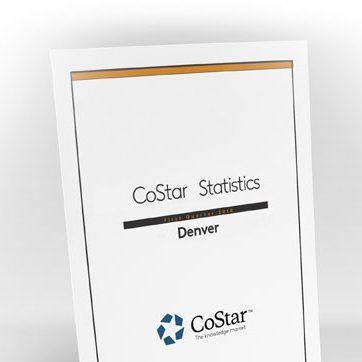Market dynamics have shifted in Denver’s apartment sector. After a banner 2021, when the market posted outsized demand and soaring rent growth, fundamentals have noticeably cooled since the beginning of 2022. The pullback in activity is likely due to inflation eating into prospective renters’ budgets and ongoing recession fears, which could have some delaying household information.
The slowdown in absorption coincides with an elevated construction pipeline. The 26,000 units under construction is a record for the market and will increase Denver’s inventory by 9.3%. Denver’s apartment delivery timeline is projected to push vacancies back to pre-pandemic levels within the next several quarters.
Downtown will bear the brunt of the supply wave. The Downtown Submarket’s pipeline ranks third in the country, behind only Downtown Miami and Downtown Nashville. Concession activity has risen in the urban core due to the increased availability of units. Landlords are typically offering one month of free rent during the lease-up phase. In Downtown, 46% of properties were offering free rent or other incentives in October.
The impact on rent growth has been swift. Annual rent growth reached a record of 13% in 22Q1 but has decelerated to a current year-over-year figure of 2.7%. The Denver City Council passed an affordable housing policy that went into effect July 1. New housing developments of 10 or more units are now required to set aside between 8% and 15% of units as affordable, depending on factors including location and the level of affordability those units will provide. In addition, the city will also be increasing its linkage fee over the next four years, which will go toward the city’s affordable housing fund. Developers who provide affordable housing are exempt from paying this fee. Opponents of the measure are concerned that it could lead to a decline in future deliveries as developers shift focus to markets with fewer restrictions, while supporters point to a measurable number of affordable units that will become available. For now, development is projected to remain historically high. Development plans increased by nearly 400% ahead of the June 30 deadline as developers raced to submit plans before they would be subjected to the new law.
Source: CoStar

